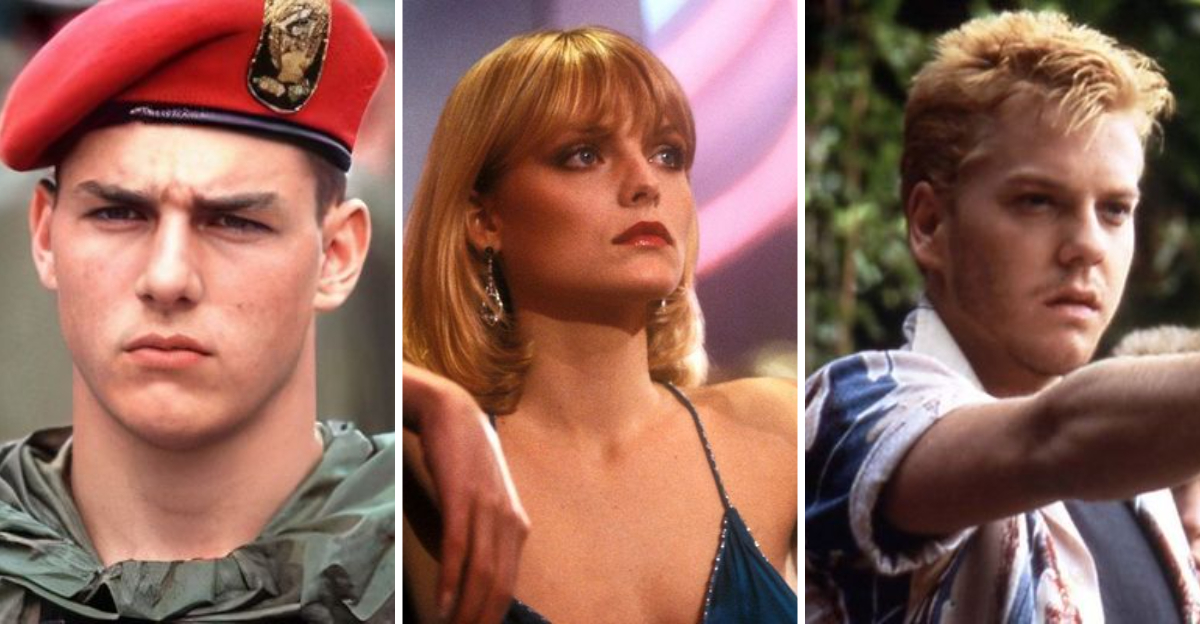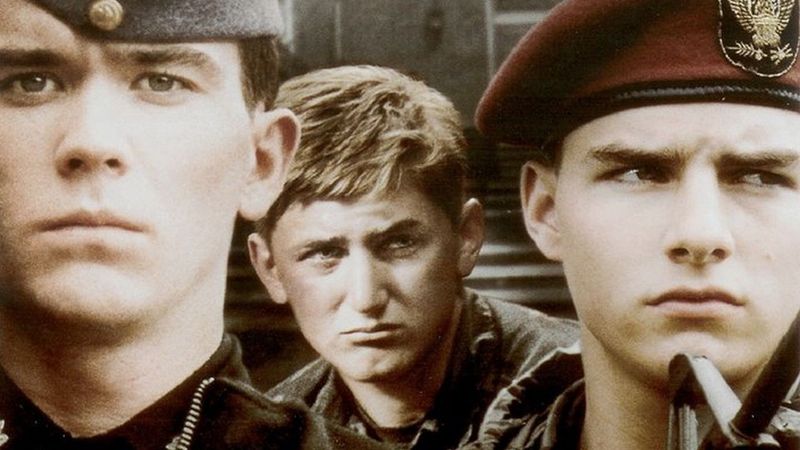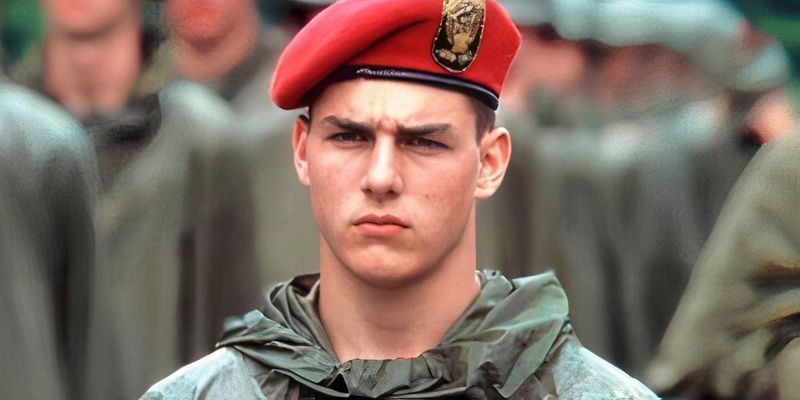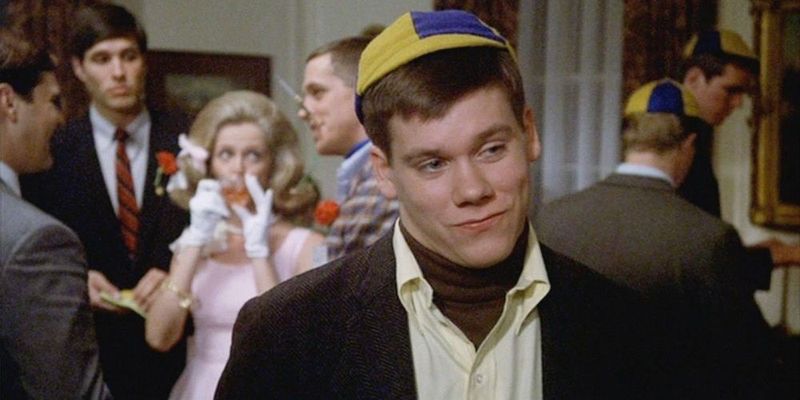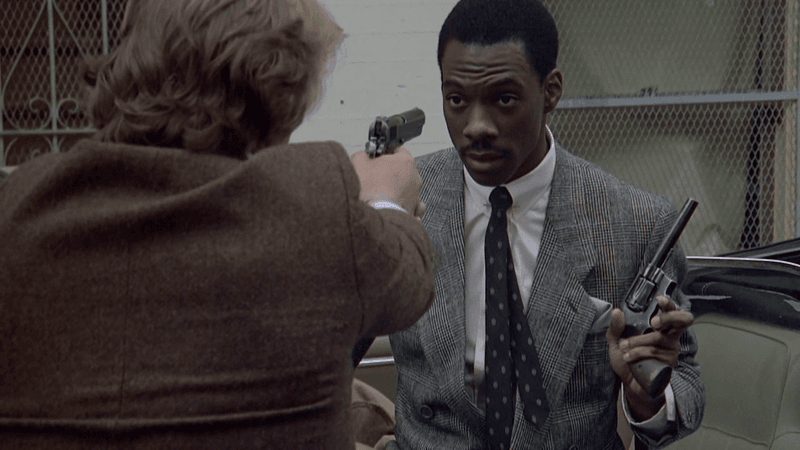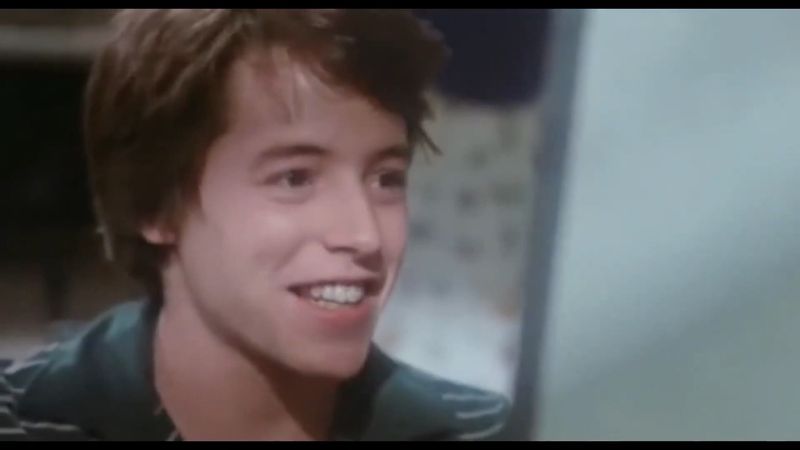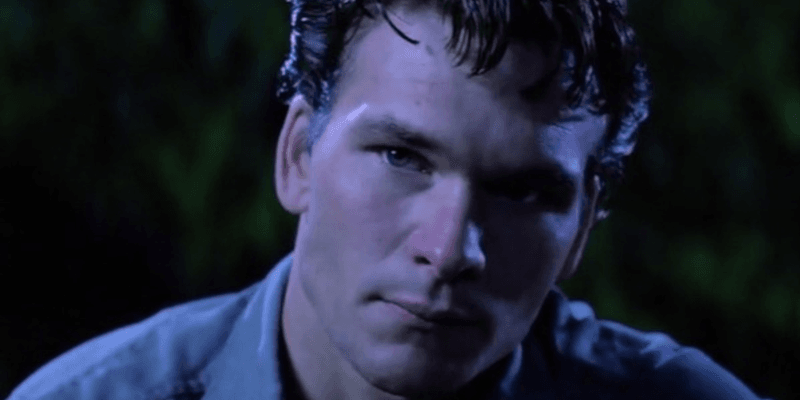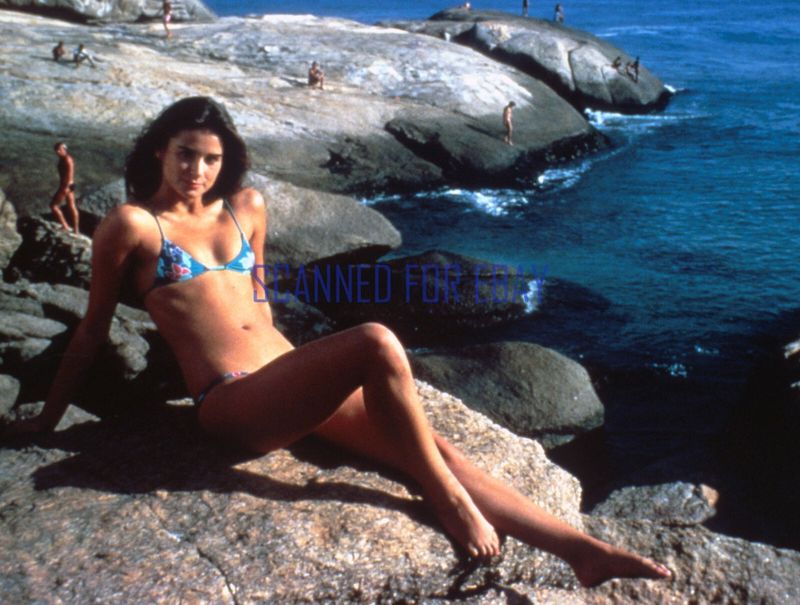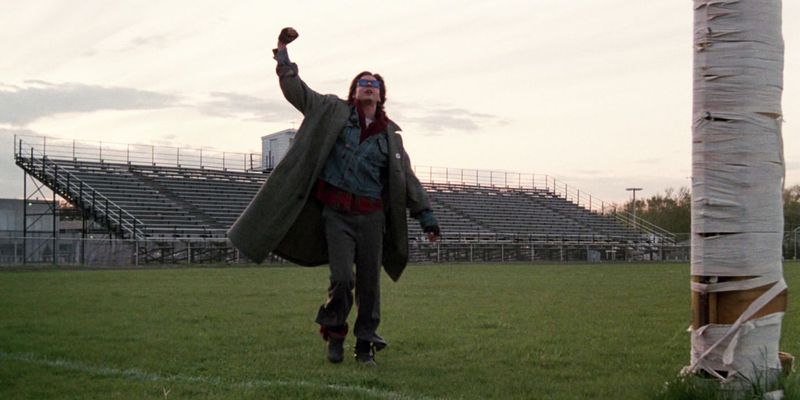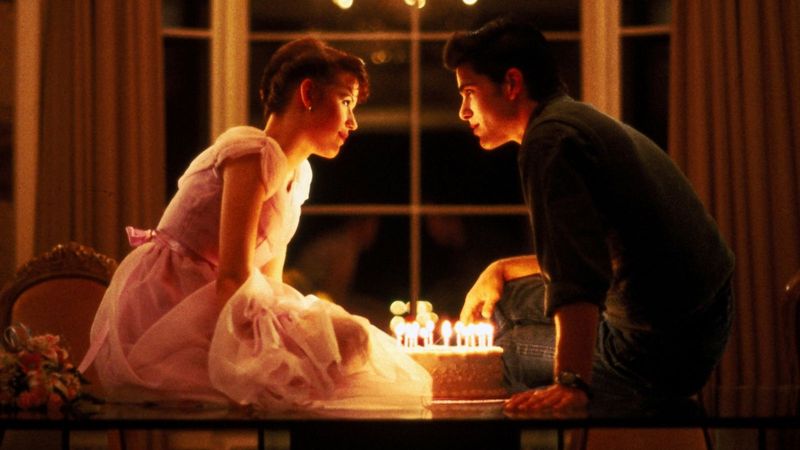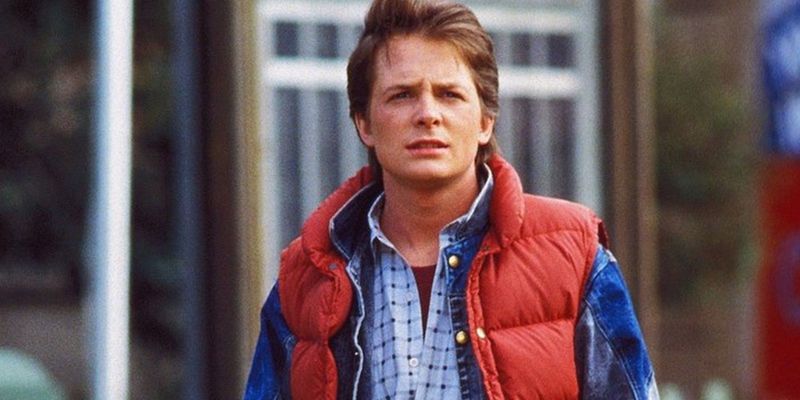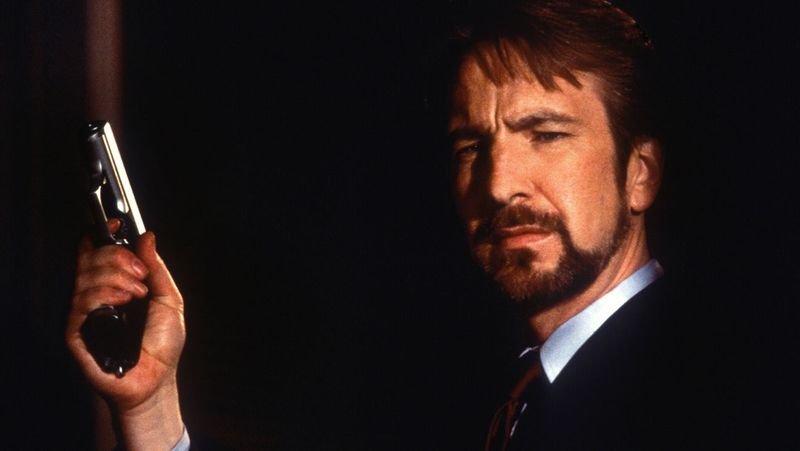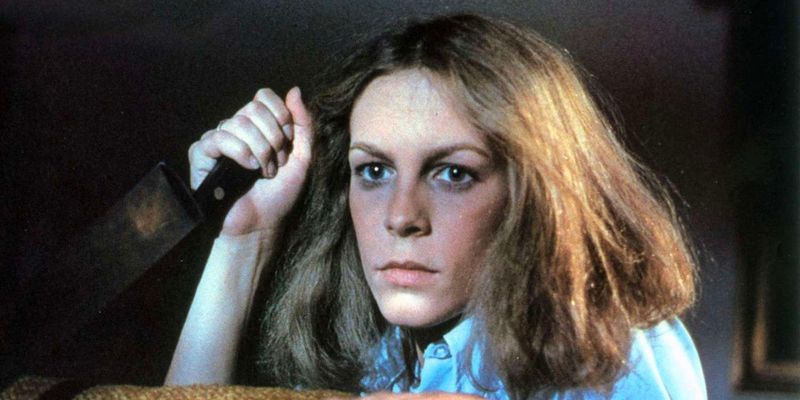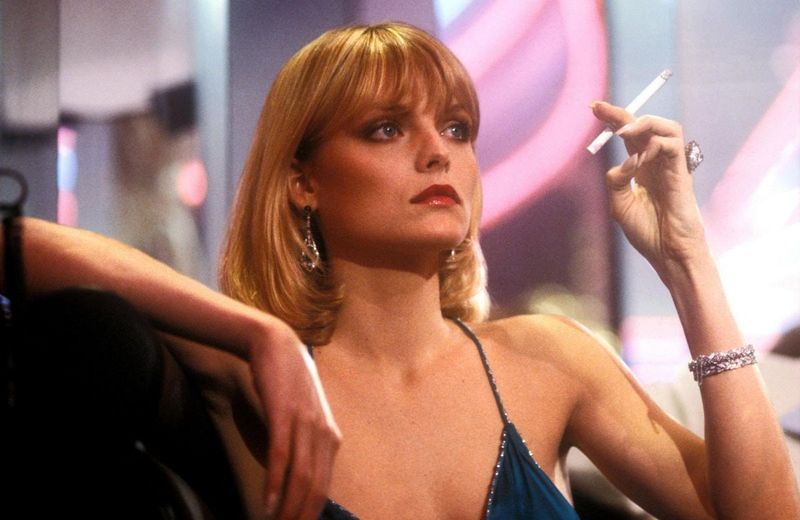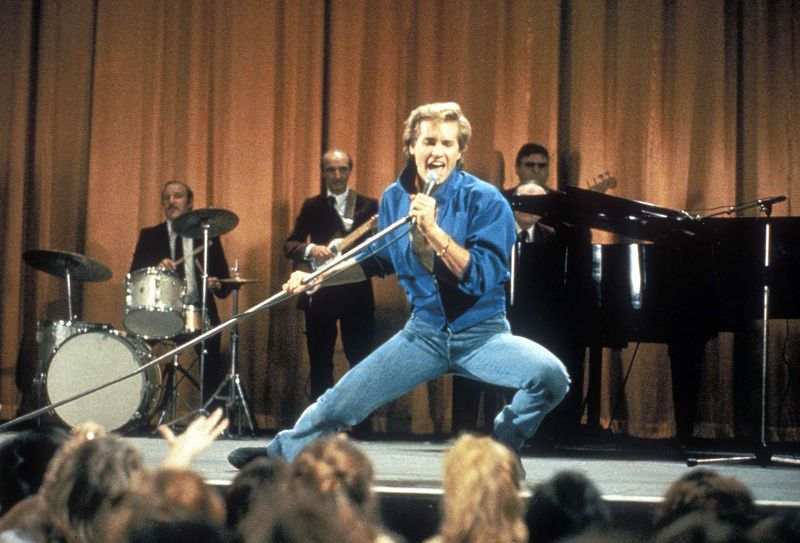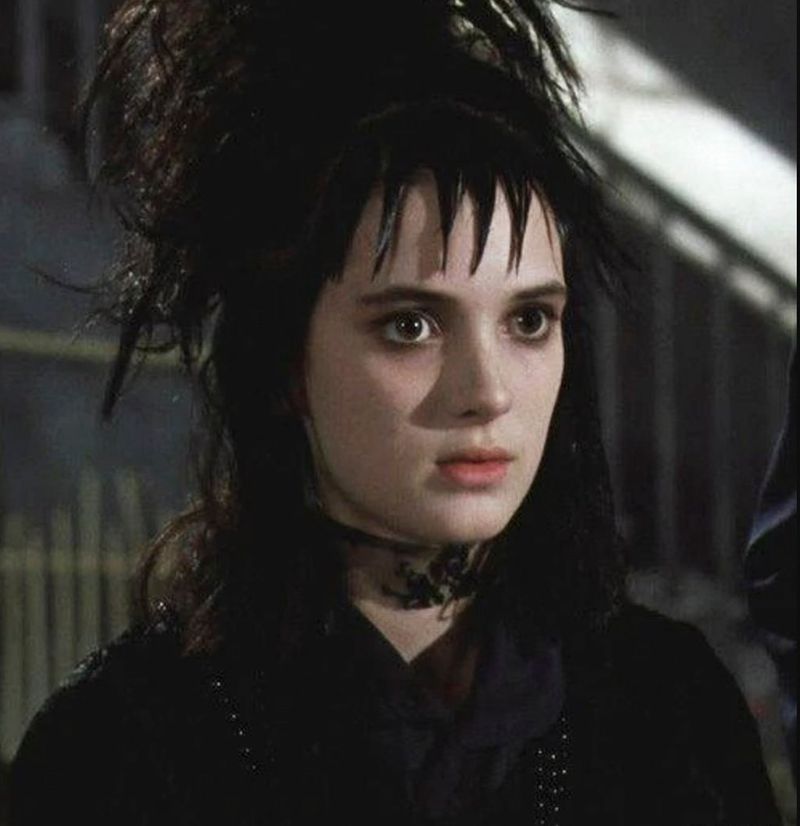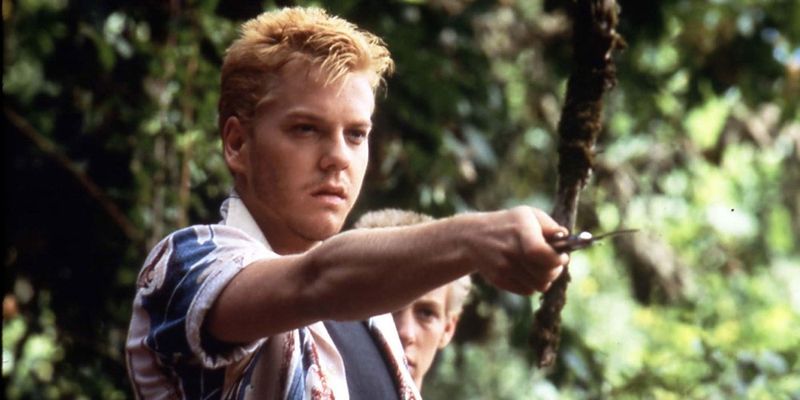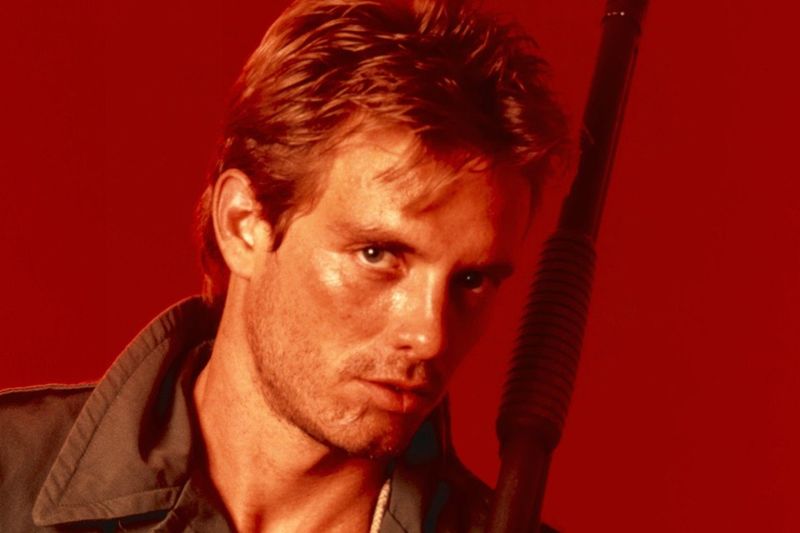The 1980s were a golden era for Hollywood, launching careers that would define cinema for decades to come. Many of today’s biggest stars got their big break during this neon-soaked decade, delivering performances so powerful that audiences and critics alike knew they were witnessing the birth of something special. These actors didn’t just appear in movies – they exploded onto the screen with undeniable talent that made everyone take notice.
1. Sean Penn’s Military Intensity in ‘Taps’
Brooding and explosive, Sean Penn transformed from unknown actor to serious talent in 1981’s military drama ‘Taps.’ Playing cadet captain Alex Dwyer, Penn brought a frightening intensity that overshadowed even his co-stars Tom Cruise and Timothy Hutton. His performance revealed the raw emotional power that would become his trademark. With minimal dialogue, Penn conveyed volumes through his eyes and physical presence, demonstrating the method acting approach that would later earn him multiple Academy Awards. What’s remarkable is how fully-formed Penn’s acting style appeared in this debut – the simmering rage, the unpredictability, and the total commitment to character were all already present, announcing a major new talent had arrived.
2. Tom Cruise Commands Attention in ‘Taps’
Before the aviator sunglasses and million-dollar smile, Tom Cruise proved his acting chops in ‘Taps’ (1981). As hot-headed cadet David Shawn, Cruise delivered a chilling portrait of military fanaticism that hinted at his future star power. Barely 19 during filming, Cruise stole scenes with his manic energy and commitment. His character’s evolution from enthusiastic soldier to dangerous zealot showcased range that surprised critics who might have dismissed him based on his boyish good looks. The trademark Cruise intensity was already fully operational – those wide eyes, that focused determination, and the physical commitment that would later define his action hero persona were all evident in this breakthrough role.
3. Kevin Bacon’s Frat Boy Villainy in ‘Animal House’
“Thank you, sir! May I have another?” With that memorable line, Kevin Bacon endured fraternity hazing and launched his career in ‘National Lampoon’s Animal House’ (1978). As the snooty Omega pledge Chip Diller, Bacon created a perfectly punchable villain that audiences loved to hate. Though technically a late ’70s film, this performance set the stage for Bacon’s ’80s breakout in ‘Footloose’ and ‘Diner.’ With limited screen time, he made every moment count, creating a character so memorable that his pompous strut and entitled attitude became instantly recognizable. Bacon showed remarkable confidence for a newcomer, holding his own in scenes with established comedy talents and demonstrating the versatility that would later allow him to bounce between villain and hero roles.
4. Eddie Murphy Steals the Show in ’48 Hrs.’
Electric doesn’t begin to describe Eddie Murphy’s film debut in ’48 Hrs.’ (1982). Fresh from ‘Saturday Night Live,’ the 21-year-old comedian didn’t just step into his first movie role – he seized it with both hands, creating instant movie star magic opposite Nick Nolte. Murphy’s portrayal of convict Reggie Hammond crackling with quick wit, streetwise charm, and authentic swagger. The infamous bar scene where he impersonates a police officer remains a masterclass in commanding a room. Director Walter Hill simply turned the camera on Murphy and watched him work. What made this performance special wasn’t just the comedy – it was Murphy’s surprising dramatic chops and action credibility that made Hollywood realize they weren’t just getting a comedian, but a complete entertainment package.
5. Matthew Broderick Hacks His Way to Fame in ‘WarGames’
“Shall we play a game?” Matthew Broderick asked in ‘WarGames’ (1983), and audiences responded with a resounding yes! As teenage computer prodigy David Lightman, Broderick created the perfect blend of intelligence, mischief, and everyday relatability that would define his career. The role required Broderick to carry a high-concept thriller about accidental nuclear war while making computer programming seem both exciting and accessible. His natural charm made audiences root for him even as his character nearly triggered World War III. At just 21, Broderick displayed remarkable confidence opposite established actors like Dabney Coleman. This performance established Broderick as the thinking teenager’s movie star – smart but not nerdy, rebellious but fundamentally decent – setting the stage for his iconic turn as Ferris Bueller.
6. Patrick Swayze’s Brotherly Strength in ‘The Outsiders’
Long before dirty dancing or ghost whispering, Patrick Swayze showed his dramatic potential as Darrel “Darry” Curtis in Francis Ford Coppola’s ‘The Outsiders’ (1983). As the oldest Curtis brother forced to raise his siblings after their parents’ death, Swayze brought a compelling mix of toughness and vulnerability. Though part of an ensemble cast packed with future stars, Swayze’s performance stood out for its emotional maturity. His character carried the weight of responsibility while still being barely more than a teenager himself. The physical presence that would later make him an action star was already evident, but tempered with genuine emotional depth. The famous “I’m not Dad!” confrontation with C. Thomas Howell revealed Swayze’s ability to convey complex emotions that would become his trademark in later films.
7. Demi Moore’s Sultry Debut in ‘Blame It on Rio’
Demi Moore made waves with her first major film role in the controversial comedy ‘Blame It on Rio’ (1984). Playing Jennifer, the seductive young woman who becomes involved with her friend’s father, Moore demonstrated the fearless approach to challenging material that would define her career. At just 21, Moore showed remarkable confidence on screen, holding her own against established actors like Michael Caine. While the film’s premise hasn’t aged well, Moore’s performance revealed her natural screen presence and willingness to take risks – qualities that would serve her well in future roles. Her portrayal balanced vulnerability with determination, hinting at the emotional range she would later display in ‘Ghost’ and ‘A Few Good Men.’ This early role marked the arrival of an actress unafraid to tackle complex female characters.
8. Judd Nelson’s Rebel Attitude in ‘The Breakfast Club’
Fist raised in defiant victory, Judd Nelson’s portrayal of John Bender in ‘The Breakfast Club’ (1985) created one of cinema’s most iconic teenage rebels. Nelson didn’t just play a troubled delinquent – he embodied the rage, vulnerability, and wounded pride of every misunderstood kid. His performance walked a razor’s edge between threatening and sympathetic. The reveal of cigarette burns on his arm transformed him from simple antagonist to complex character. Nelson brought unexpected layers to what could have been a one-dimensional role, making audiences understand Bender’s hostility came from genuine pain. The chemistry between Nelson and Molly Ringwald crackled with authentic teenage tension. Their unlikely romance felt earned because Nelson made us believe in Bender’s hidden depths beneath his hostile facade.
9. Molly Ringwald’s Teenage Vulnerability in ‘Sixteen Candles’
Molly Ringwald captured the awkward agony of adolescence with heartbreaking authenticity in ‘Sixteen Candles’ (1984). As Samantha Baker, whose 16th birthday is forgotten amid family chaos, Ringwald created a character so real that teenagers across America felt she was speaking directly to their experiences. Her ability to convey complex emotions with just a glance or a sigh made her an instant teen icon. The famous bedroom scene with her father, where she finally expresses her hurt feelings, showcased Ringwald’s remarkable emotional intelligence. Director John Hughes recognized her unique talent, building a trilogy of teen classics around her natural screen presence. What made Ringwald special wasn’t manufactured glamour but her genuine quality – she looked and acted like a real teenager, with all the insecurities and hopes that entails.
10. Michael J. Fox’s Time-Traveling Charm in ‘Back to the Future’
When Michael J. Fox stepped out of that DeLorean in ‘Back to the Future’ (1985), movie history was made. Fox’s portrayal of Marty McFly – a skateboarding teenager thrown back to 1955 – combined physical comedy, dramatic range, and effortless likability that made the film an instant classic. Most audiences didn’t know Fox filmed most scenes at night after long days on ‘Family Ties,’ bringing exhausted determination to the role. His chemistry with Christopher Lloyd created one of cinema’s greatest odd-couple dynamics. Fox’s natural charisma made even the film’s wildest sci-fi concepts feel grounded and relatable. The performance is even more remarkable considering Fox replaced Eric Stoltz several weeks into production, stepping into a role that now seems impossible to imagine without him.
11. Alan Rickman’s Villainous Sophistication in ‘Die Hard’
“I am going to count to three. There will not be a four.” With cultured menace, Alan Rickman redefined movie villainy as Hans Gruber in ‘Die Hard’ (1988). At 41, this British stage actor made his film debut and immediately created the template for sophisticated action movie antagonists. Rickman’s Gruber was terrifying not for brute strength but for his intelligence and adaptability. His performance elevated what could have been a standard action film into something special. The famous improvised reaction when dropped from Nakatomi Plaza showed Rickman’s complete commitment to character. Most impressively, Rickman made audiences secretly root for the villain. His elegant malevolence and sardonic humor were so compelling that he nearly stole the film from Bruce Willis – creating a career-defining role in his very first movie appearance.
12. Jamie Lee Curtis’s Scream Queen Debut in ‘Halloween’
Jamie Lee Curtis transformed horror cinema forever as Laurie Strode in John Carpenter’s ‘Halloween’ (1978). Though technically a ’70s film, this performance launched Curtis’s ’80s career and established the “final girl” archetype that would define a decade of horror films. At just 19, Curtis brought unexpected depth to what could have been a disposable character. Her Laurie wasn’t just a screaming victim but a resourceful survivor whose intelligence and moral center made audiences deeply invest in her survival. The genuine terror in her performance came partly from Carpenter’s directing technique of surprising her on set. The horror genre gained new respect through Curtis’s committed portrayal, which balanced vulnerability with determination. Her performance was so definitive that she returned to the role forty years later, proving the enduring power of her original characterization.
13. Michelle Pfeiffer’s Icy Elegance in ‘Scarface’
Michelle Pfeiffer cut through the testosterone-fueled world of ‘Scarface’ (1983) like a diamond blade. As cocaine kingpin Tony Montana’s trophy wife Elvira Hancock, Pfeiffer created a character as addictive and dangerous as the white powder that dominated the film’s storyline. Her performance balanced world-weary detachment with glimpses of the trapped woman beneath the designer clothes and perfect makeup. Pfeiffer somehow made emotional emptiness magnetic, drawing viewers into Elvira’s beautiful but hollow existence. Her character’s famous line about being “bored” revealed volumes about a life of empty excess. The role could have been one-dimensional arm candy, but Pfeiffer brought such complexity that Elvira became as memorable as Al Pacino’s bombastic Tony. Her understated performance provided crucial counterbalance to the film’s operatic violence.
14. Val Kilmer’s Rock Star Comedy in ‘Top Secret!’
Before becoming Iceman in ‘Top Gun,’ Val Kilmer demonstrated his remarkable range as rock star Nick Rivers in the absurdist comedy ‘Top Secret!’ (1984). This Zucker-Abrahams-Zucker parody gave Kilmer the perfect showcase for his surprising comedic timing and genuine musical talent. Kilmer performed all his own singing, delivering Elvis-style rock numbers with such conviction that he could have had a legitimate music career. His ability to play ridiculous situations with deadpan seriousness made the film’s wildest gags work. The underwater bar fight scene alone demonstrated physical comedy skills that few suspected from the Juilliard-trained actor. While not a massive hit upon release, this performance revealed Kilmer’s remarkable versatility and set him apart from other handsome young actors of the era.
15. Winona Ryder’s Gothic Charm in ‘Beetlejuice’
“My whole life is a dark room. One. Big. Dark. Room.” With those deliciously morose words, Winona Ryder created the ultimate goth girl as Lydia Deetz in Tim Burton’s ‘Beetlejuice’ (1988). Her portrayal of a death-obsessed teenager who can see ghosts perfectly captured adolescent alienation with both humor and heart. At just 16, Ryder showed remarkable confidence sharing scenes with established stars like Michael Keaton and Geena Davis. Her wide-eyed, pale-faced aesthetic launched a thousand teen bedroom makeovers. The character could have been simply weird, but Ryder found Lydia’s emotional core – a girl using darkness to process her pain. This performance established Ryder’s career-long affinity for outsider characters with rich inner lives, beginning a collaboration with Tim Burton that would continue with ‘Edward Scissorhands.’
16. Christian Slater’s Rebellious Spirit in ‘The Legend of Billie Jean’
Fair is fair! Christian Slater made his mark as Binx, the supportive brother to Helen Slater’s title character in the cult classic ‘The Legend of Billie Jean’ (1985). Though often overlooked in discussions of ’80s breakout roles, this performance showcased the charismatic intensity that would make Slater a star. At just 15 during filming, Slater brought remarkable maturity to scenes requiring both action sequences and emotional vulnerability. His chemistry with Helen Slater (no relation) grounded the film’s increasingly wild vigilante justice plot. Fans of his later work in ‘Heathers’ and ‘Pump Up the Volume’ can see the seeds of his trademark rebellious persona. The film’s themes of standing up to authority and fighting injustice gave Slater early practice at playing the morally complex antiheroes that would define his career.
17. Johnny Depp’s Fateful Encounter in ‘A Nightmare on Elm Street’
Before becoming a Hollywood icon, Johnny Depp was just another teenager being terrorized by Freddy Krueger in ‘A Nightmare on Elm Street’ (1984). As Glen Lantz, Depp made his film debut in what became an unintentionally significant role – getting spectacularly consumed by his own bed in one of horror’s most memorable death scenes. Though his screen time was limited, Depp showed natural charisma that stood out even in a genre not known for strong acting. Director Wes Craven reportedly cast him because his daughter and her friend thought Depp was “dreamy” during auditions. The irony? Depp initially wanted to be a musician and only accompanied a friend to the audition. This small role led directly to his star-making turn on ’21 Jump Street,’ launching one of Hollywood’s most eclectic careers.
18. Kiefer Sutherland’s Menacing Presence in ‘Stand by Me’
Kiefer Sutherland terrified audiences as the sadistic gang leader Ace Merrill in Rob Reiner’s coming-of-age classic ‘Stand by Me’ (1986). With his bleached hair, switchblade, and dead-eyed stare, Sutherland created a villain who felt genuinely dangerous rather than cartoonishly evil. The son of established actor Donald Sutherland, Kiefer needed to prove himself on his own merits – and did so by making Ace a truly menacing presence. His confrontation with the young heroes on the train tracks generated authentic tension. Without overplaying the role, Sutherland made viewers believe Ace was capable of real violence. This performance established Sutherland’s ability to project both intelligence and threat – qualities he would later bring to his iconic role as Jack Bauer in ’24.’
19. Michael Biehn’s Intense Protector in ‘The Terminator’
Michael Biehn made time-traveling soldier Kyle Reese an unforgettable action hero in James Cameron’s ‘The Terminator’ (1984). Tasked with the impossible job of protecting Sarah Connor from an unstoppable killing machine, Biehn brought desperate intensity and haunted vulnerability to what could have been a one-dimensional role. His famous monologue about the future war against machines – “The 600 series had rubber skin. We spotted them easy” – delivered with trembling urgency, established the film’s high stakes. Despite competing for screen presence with Arnold Schwarzenegger’s iconic villain, Biehn created a hero worth rooting for through his committed performance. This role established Biehn as Cameron’s go-to action hero, leading to his casting in ‘Aliens’ and ‘The Abyss,’ and defining the template for the physically capable but emotionally complex action protagonists of the late ’80s.
